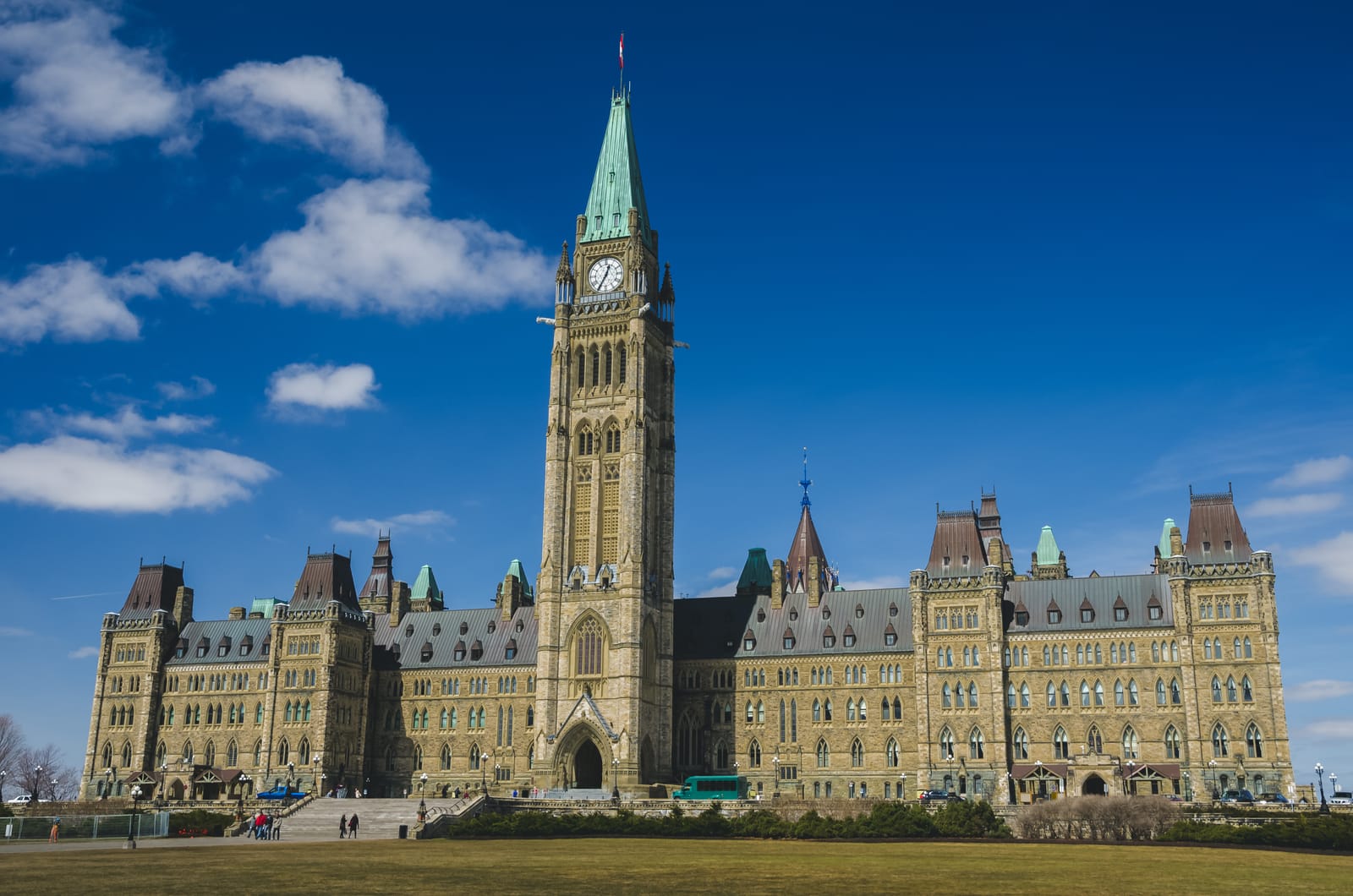You see it in the news all the time: a new law is being “debated in the House,” “studied by a committee,” or “passed by the Senate.” For many Canadians, the journey from a simple idea to an official Act of Parliament can seem like a mysterious and confusing process, full of strange jargon and complex procedures.
But understanding this journey is a core part of understanding our democracy. How do the big decisions that shape our lives—from healthcare to the environment to the economy—actually get made?
This is the full story of how a bill becomes a law in Canada. It’s a step-by-step guide to demystifying the process and empowering you with the knowledge of how our country is governed.
To make it tangible, we’ll follow the path of a real piece of legislation: the bill that created the National Day for Truth and Reconciliation.
Step 1: The Idea (Where a Law Begins)
Every law starts as an idea. These ideas can come from anywhere: a promise made during an election campaign, a recommendation from an expert panel, a demand from the public, or a response to a major event. In the case of the National Day for Truth and Reconciliation, the idea came directly from the Calls to Action of the Truth and Reconciliation Commission.
Once the government decides to move forward with an idea, lawyers in the Department of Justice draft it into the formal, legal language of a bill.
Step 2: First Reading (The Introduction)
A bill begins its official journey in one of the two houses of Parliament—most government bills, especially those involving money, start in the House of Commons.
The First Reading is a pure formality. A government minister stands up, introduces the bill, and its title is read. The bill is then printed and distributed to all Members of Parliament (MPs). There is no debate and no vote. Think of it as officially placing an item on the meeting agenda.
Step 3: Second Reading (The Big Debate)
This is the first major hurdle. During Second Reading, MPs from all parties debate the main idea—the principle—of the bill. They are not arguing about the specific details or wording yet, but about the overall purpose. Is this bill a good idea? Is it necessary?
After the debate, a vote is held. If a majority of MPs vote in favour, the bill passes Second Reading and moves to the next stage. If it fails, the bill is defeated and its journey ends.
Step 4: The Committee Stage (The Fine-Tuning)
After passing Second Reading, the bill is sent to a Parliamentary Committee. This is a smaller group of MPs from all parties who have expertise in the bill’s subject area (e.g., finance, justice, or health).
The committee’s job is to study the bill in detail, clause by clause. They call upon expert witnesses—academics, industry leaders, community representatives, and ordinary citizens—to provide testimony. The committee can propose changes or amendments to the bill based on what they learn.
Step 5: The Report Stage (Considering the Changes)
The committee then “reports” the bill, with any proposed amendments, back to the full House of Commons. During the Report Stage, all MPs have a chance to debate and vote on the specific amendments suggested by the committee.
Step 6: Third Reading (The Final Vote)
This is the last stage in the House of Commons. MPs hold a final debate on the amended version of the bill. No more changes can be made. A final vote is taken. If the bill passes Third Reading, it has successfully passed the House of Commons.
Step 7: The Other Place (The Senate)
A bill is not a law yet. It must now go through the exact same process—First Reading, Second Reading, Committee Stage, Report Stage, and Third Reading—in the other house of Parliament: the Senate.
The Senate’s role is to act as a “chamber of sober second thought.” Senators, who are appointed rather than elected, review the bill with a different lens, often taking a longer-term, less partisan view. If the Senate makes its own amendments to the bill, it must be sent back to the House of Commons for them to approve those changes.
Step 8: Royal Assent (Becoming Law)
Once a bill has been passed in the exact same form by both the House of Commons and the Senate, it is presented to the Governor General, who is the Monarch’s representative in Canada. The Governor General grants Royal Assent, and at that moment, the bill officially becomes an Act of Parliament—a law.
The law might come into force immediately, on a future date specified in the act, or in stages as determined by the government.
The Full Story
The journey from a simple idea to a Canadian law is a long and detailed one, built on principles of debate, study, and revision. It is designed to be a thorough and deliberative process, ensuring that the laws that govern us are carefully considered from every angle before they are given the force of law.

